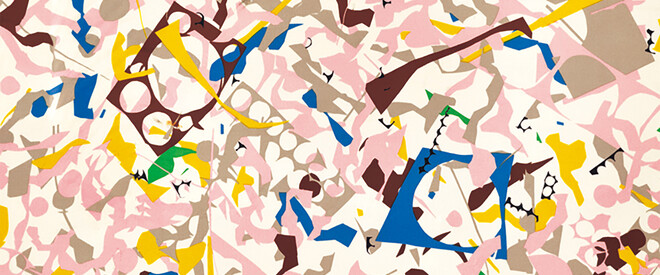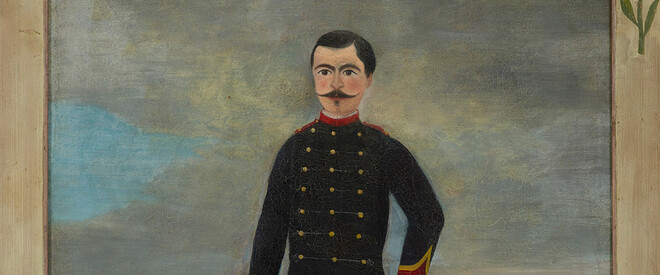First Comprehensive Introduction of the History of Public Art in Japan
In the years following World War 2, outdoor sculpture was often installed in public spaces in order to vitalize the urban landscape, but the uses of public art have changed greatly with the times. Today's public art is an integral part of urban redevelopment programs and adds to the overall effectiveness of cultural institutions. Public art enriches the environment around us and takes an important role in invigorating society as a whole. In recent years, local governments and corporations have undertaken public projects and environmental restoration projects incorporating public art in which there is an emphasis on a process of creating participatory art that nourishes an intimate relationship between the artist and the public and a potential for bettering the local region.
This exhibition deals with such special projects as Kenzo Tange's Hiroshima Peace Park, Isamu Noguchi's Moerenuma Park, built over a former garbage dump, and Dani Karavan's most recent work, an environmental sculpture in Murou Yama-kami Park designed to prevent landslides. A number of unique participatory art projects from places around the country are also introduced.
The exhibition examines a number of important postwar public art projects through diverse media - models, plans, photographs, and moving images – and explores the ideal relationship between art and urban development.
This exhibition deals with such special projects as Kenzo Tange's Hiroshima Peace Park, Isamu Noguchi's Moerenuma Park, built over a former garbage dump, and Dani Karavan's most recent work, an environmental sculpture in Murou Yama-kami Park designed to prevent landslides. A number of unique participatory art projects from places around the country are also introduced.
The exhibition examines a number of important postwar public art projects through diverse media - models, plans, photographs, and moving images – and explores the ideal relationship between art and urban development.

